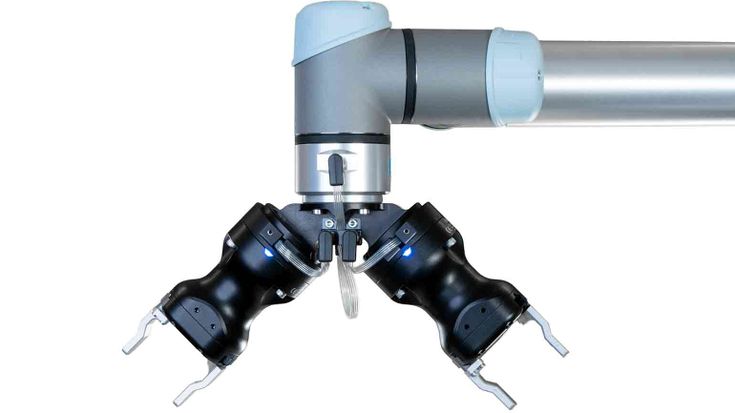Universal Robots Targets Manufacturers’ Primary Business Challenge with New Solutions for Fast-Growing Applications in Industries Facing Labor Shortages.
At Automate 2019, Universal Robots showcases new cobot-powered solutions for machine tending, packaging, assembly, and processing. The new applications debunk myths on what cobots can handle while also addressing industries experiencing hiring issues.
When U.S. manufacturers were asked to describe their primary business challenge, it wasn’t the increase of raw materials cost, trade uncertainties, or rising health insurance expenses that topped their lists. Close to 70 percent of manufacturers in the National Association of Manufacturers’ 2018 fourth-quarter outlook survey responded that attracting and retaining a quality workforce was their number one concern while the Society of Manufacturing Engineers reported that 89 percent of manufacturers have difficulty finding workers. The labor shortage is especially prevalent in jobs with many repetitive and ergonomically unfavorable tasks. “These are jobs that we like to refer to as the ‘3D jobs’ – the Dirty, the Dull and the Dangerous,” says Stuart Shepherd, Regional Sales Director of Universal Robots Americas Region. “Collaborative robots are now increasingly handling these types of tasks in manufacturing settings. Our booth at Automate will showcase how we work with our rapidly expanding partner network to develop solutions tailored to address the industries and applications hardest hit by labor shortages.”
Universal Robots’ booth #7154 at Automate 2019, the largest automation solutions event in North America held in Chicago April 8-11, 2019, features four different application clusters for machine tending, packaging, assembly and processing. “We chose to focus on these applications as they are currently experiencing a significant demand for cobot automation,” says Shepherd. “These are also tasks where our cobots consistently deliver ROI of less than a year, often paying themselves back in a few months as cobots typically deploy up to 50 percent faster than traditional automation.”



